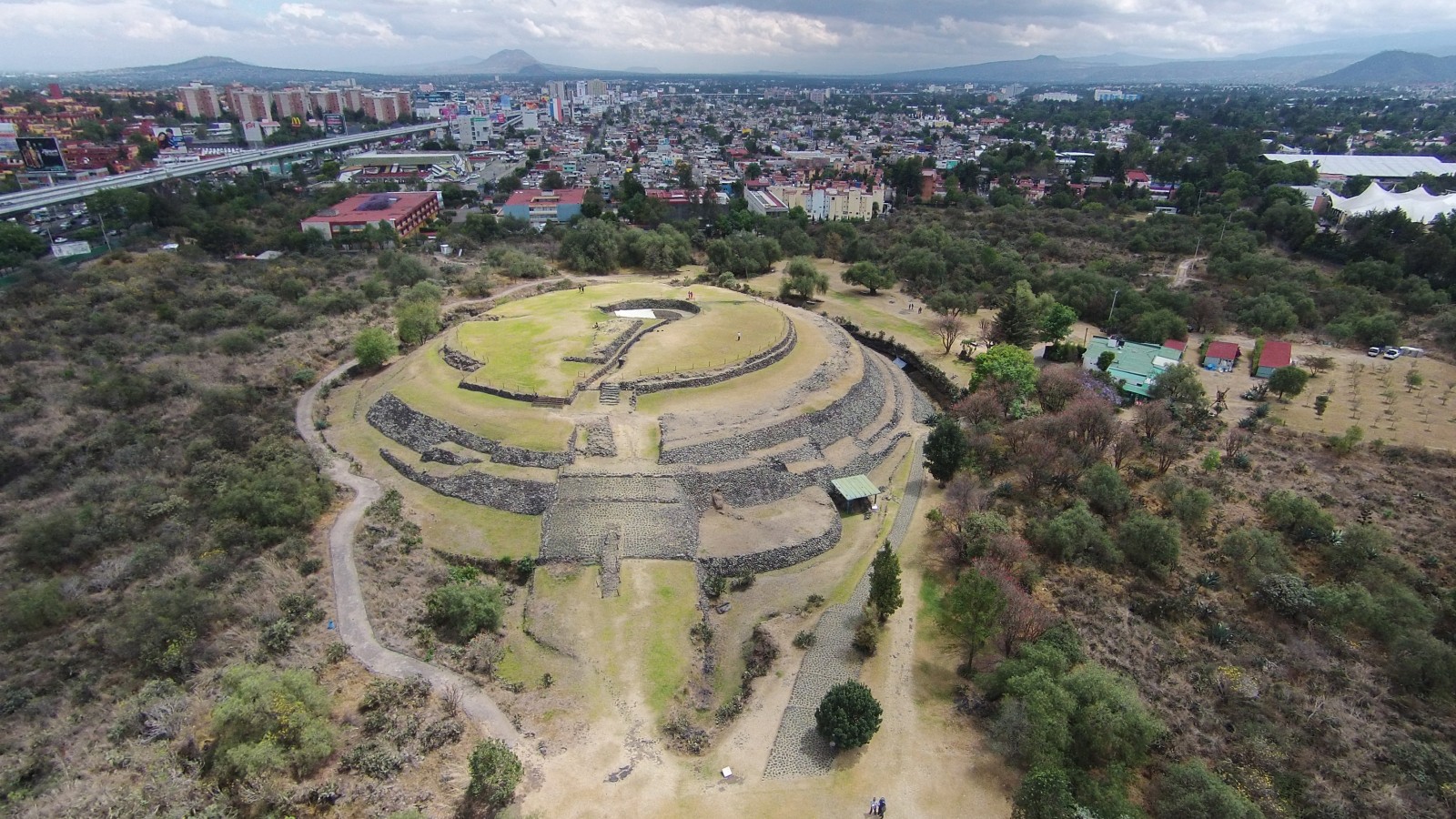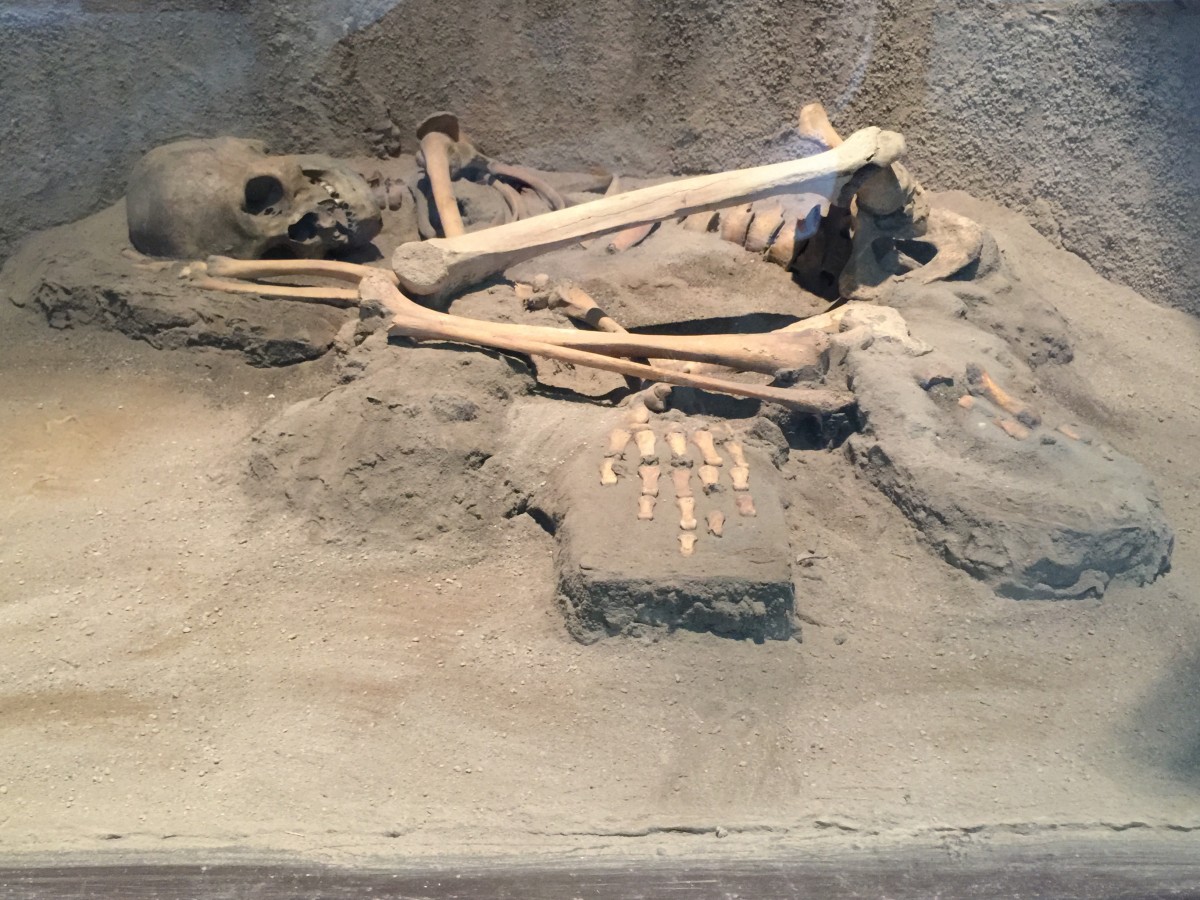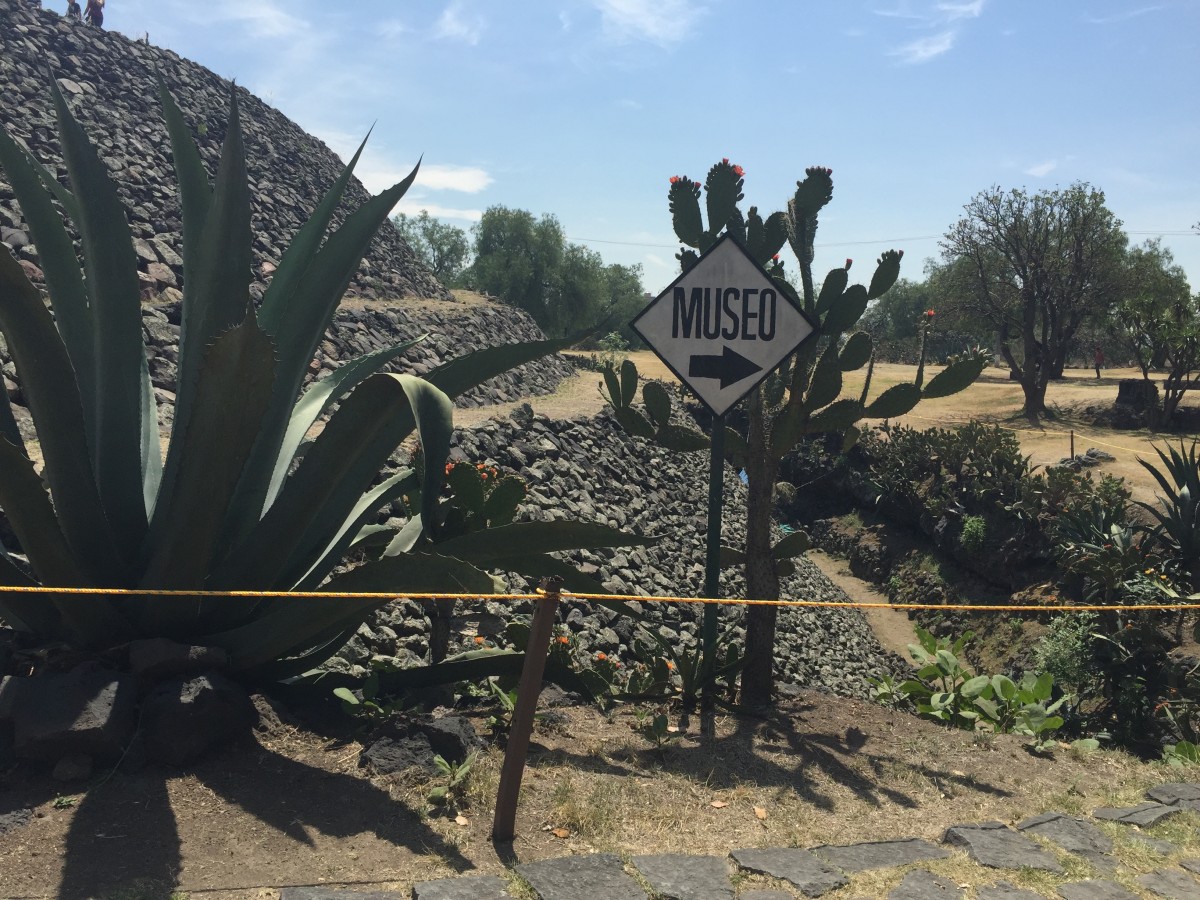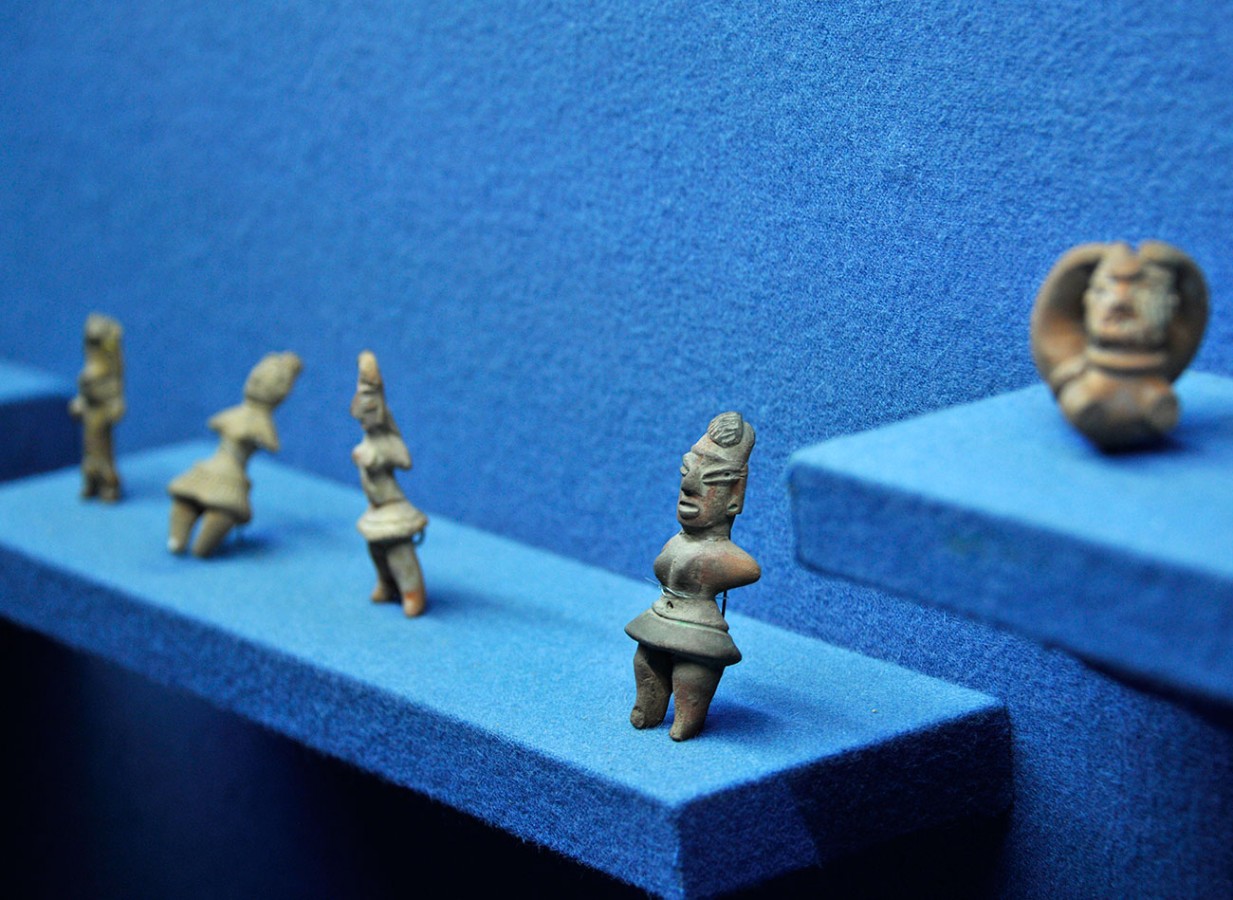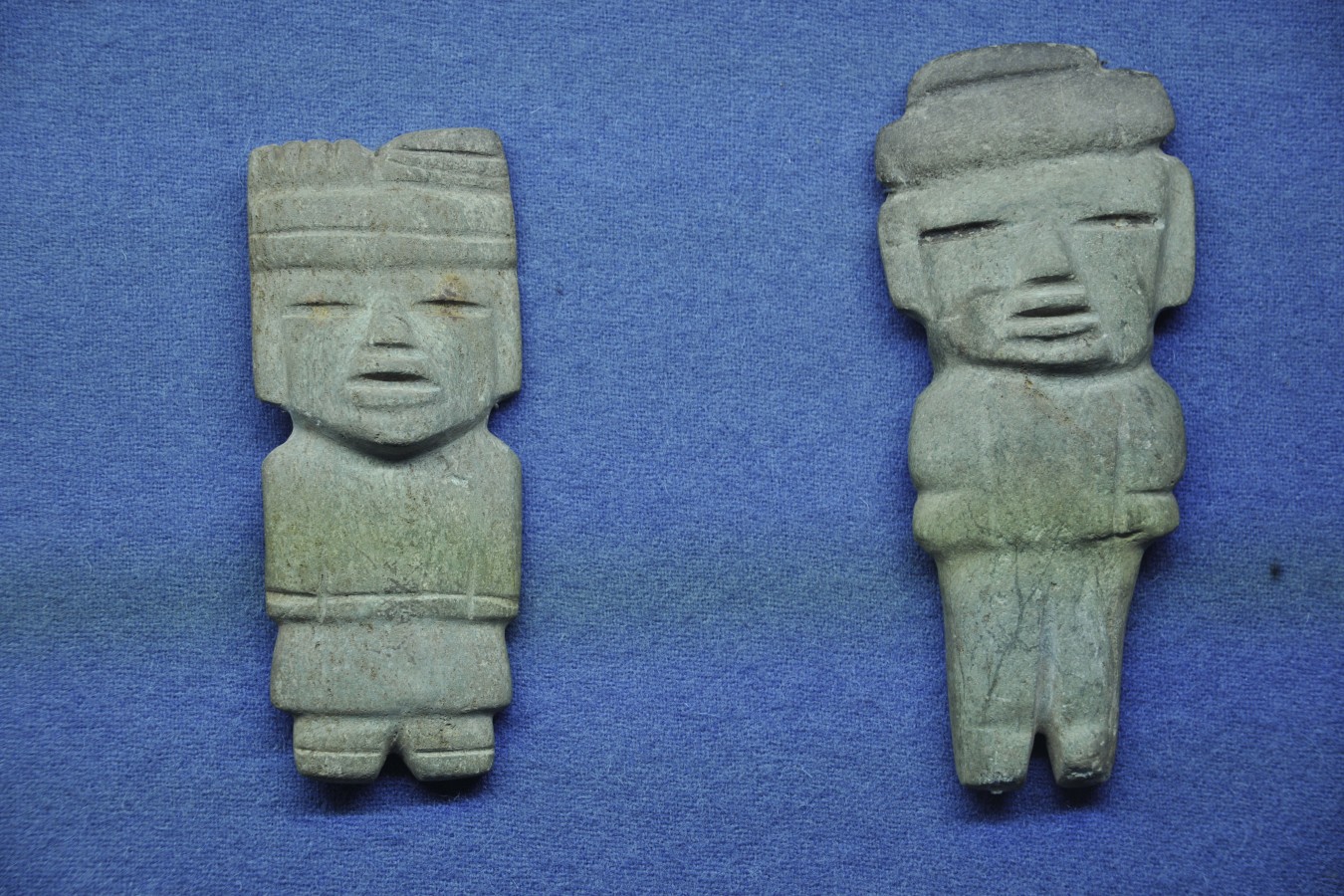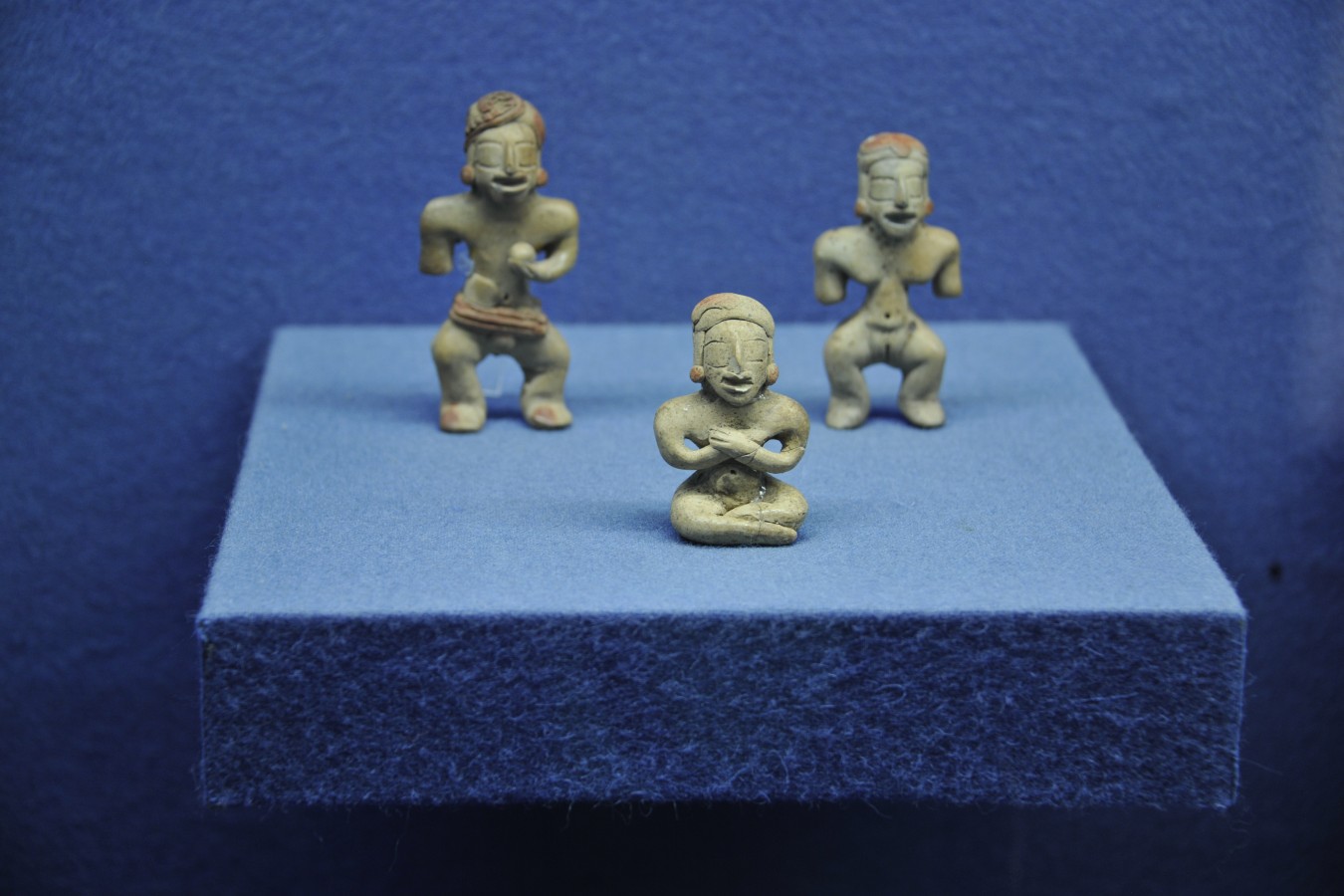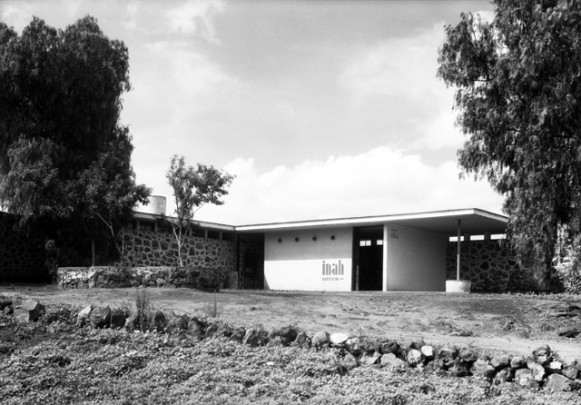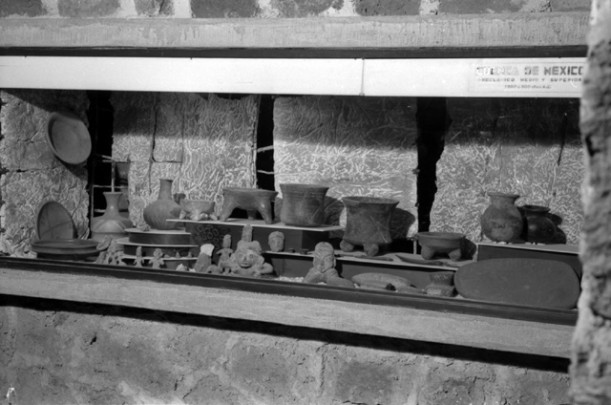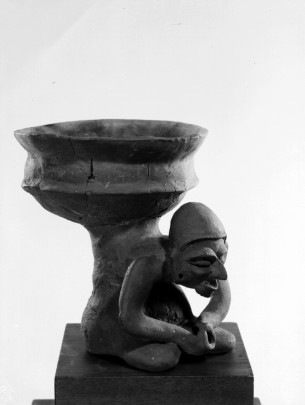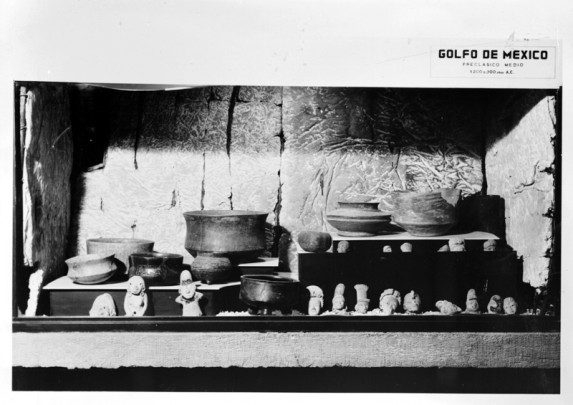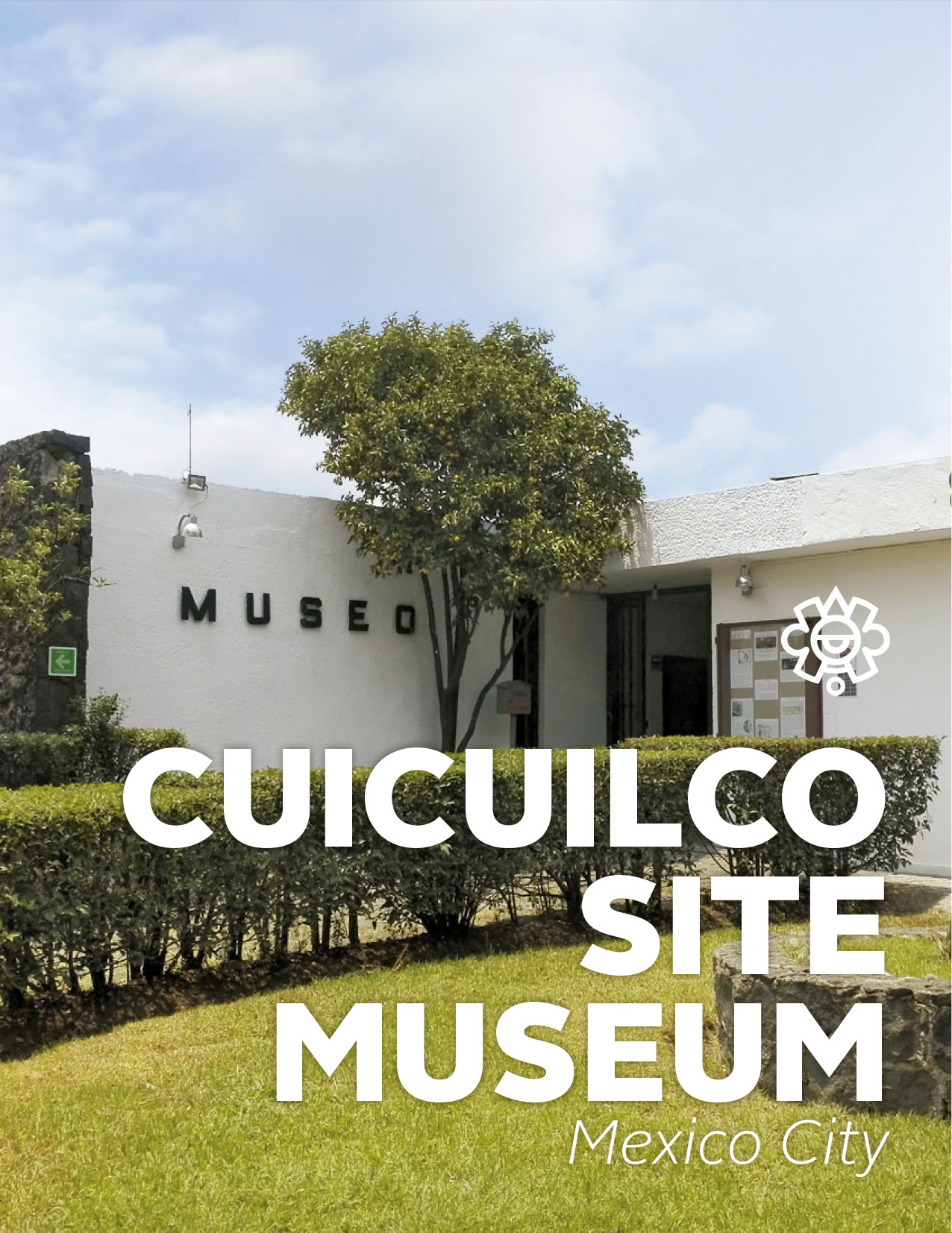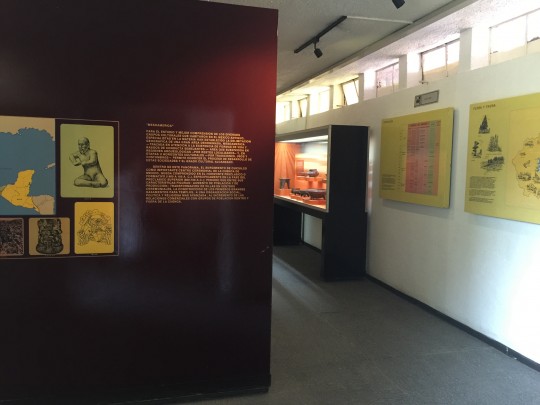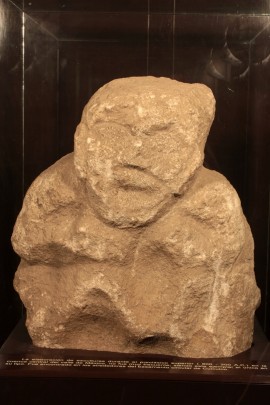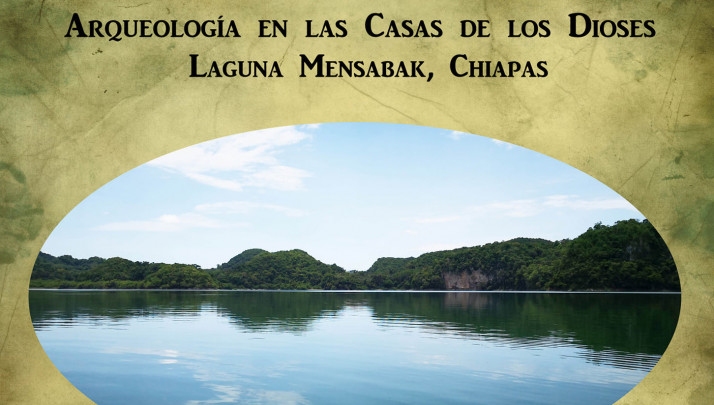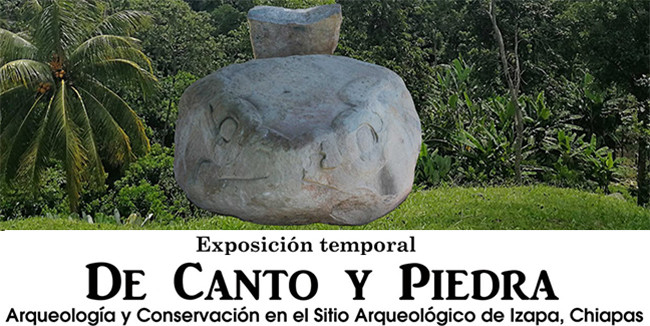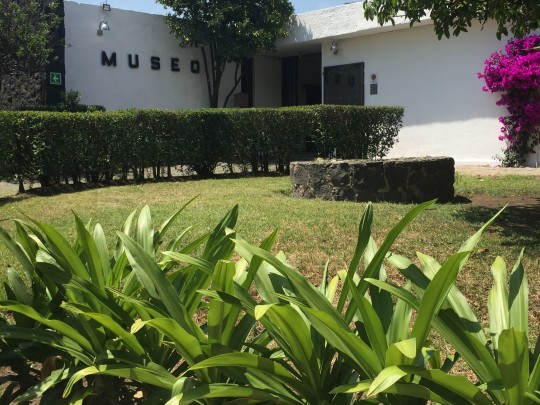This museum displays objects discovered during archeological excavations in the area, one of the oldest archeological sites in the Valley of Mexico. As far as we know, most recent studies show that Cuicuilco was the first great religious-civic center in the Central Mexican Plateau, dating to the Preclassic (700 BC to 150 AD), and located to the south of modern-day Mexico City. It was destroyed and abandoned following the eruption of the Xitle Volcano in around 280 AD; the displaced population resettled elsewhere in the valley of Mexico. The Cuicuilco site museum was inaugurated in 1970 to show different cultural aspects of its inhabitants’ lives, focusing on themes of Mesoamerica, the Trans-Mexican Volcanic Belt, flora and fauna, other Preclassic groups, a timeline, physical characteristics, a chronology of pottery work, daily activities, imported raw materials and other objects, tools, utensils and technologies, a map of the site’s location and the extent of the lava flow, the architectural layout of the altars of the Great Pyramid, religion and sculpture, offerings, rites and position of mortuary remains (deformed skulls), as well as scenes of daily life depicted in figurines, personal ornamentation and other items. A painting by Jorge González Camarena, “The Eruption of Xitle” (1947), is also on display, along with several aerial photographs taken at different times.
Cuicuilco was a settlement in the southwest of the valley of Mexico, where one of the earliest and most important cultures of the region developed before the rise of Teotihuacan. One of the main buildings, the Great Pyramid—a massive, circular structure measuring 72 feet high and with a diameter of 328 feet—shows that Cuicuilco was the site of the first large-scale constructions in the region. This architectural feat, along with the erection of at least another 14 buildings, reveals the regional power of its inhabitants and marks the beginning of an era when extensive cities were planned and built.
By 200 BC, Cuicuilco had reached its peak. To support its growing population (believed to have reached a total of 20,000) resources were extracted from the mountains, foothills, alluvial plains, lakes, springs and streams. At the height of its development, Cuicuilco stretched across an area of almost 1,000 acres.
By around 250 AD Cuicuilco was vying with Teotihuacan as one of the main population centers in the valley of Mexico; it is thought that both were competing for control over the region. But a volcano in the foothills of the Ajusco mountain range, known today as the Xitle (“navel”), brought an end to this culture. Its volcanic discharge and eventual eruption altered large parts of the ecosystem in the southwestern part of the valley of Mexico, transforming around 27 square miles of the landscape. First, the constant rain of ash and pyroclastic flows burnt many of the city’s buildings (mainly constructed out of perishable materials) and its crops; local fauna was driven away, and streams changed their courses. Then, five of the seven lava flows from the volcano began to bury Cuicuilco. Most of the buildings and houses were covered by ash and thick layers of lava; some other constructions, such as the Great Pyramid, although only partially covered, would end up being concealed and eventually forgotten under an accumulation of soil and vegetation. Only some remains survived as mute witnesses to the grandeur of Cuicuilco, including the circular mount of Peña Pobre and the pyramid of Tenantongo, phantoms now lurking between the shaded woodland of the Bosque de Tlalpan and the bustling modernity of Mexico City. Thus, the forces of nature brought a sudden end to the valley of Mexico’s first large city, developed over a period of ten centuries, in a span of only 20 years.
Cuicuilco’s importance as a cultural center before the Common Era is now being revealed by various archeological projects, with displays at the site museum of this ancient Mexican archeological site bringing its former splendor to light.
-
+52 (55) 5606 9758
-
This email address is being protected from spambots. You need JavaScript enabled to view it.

